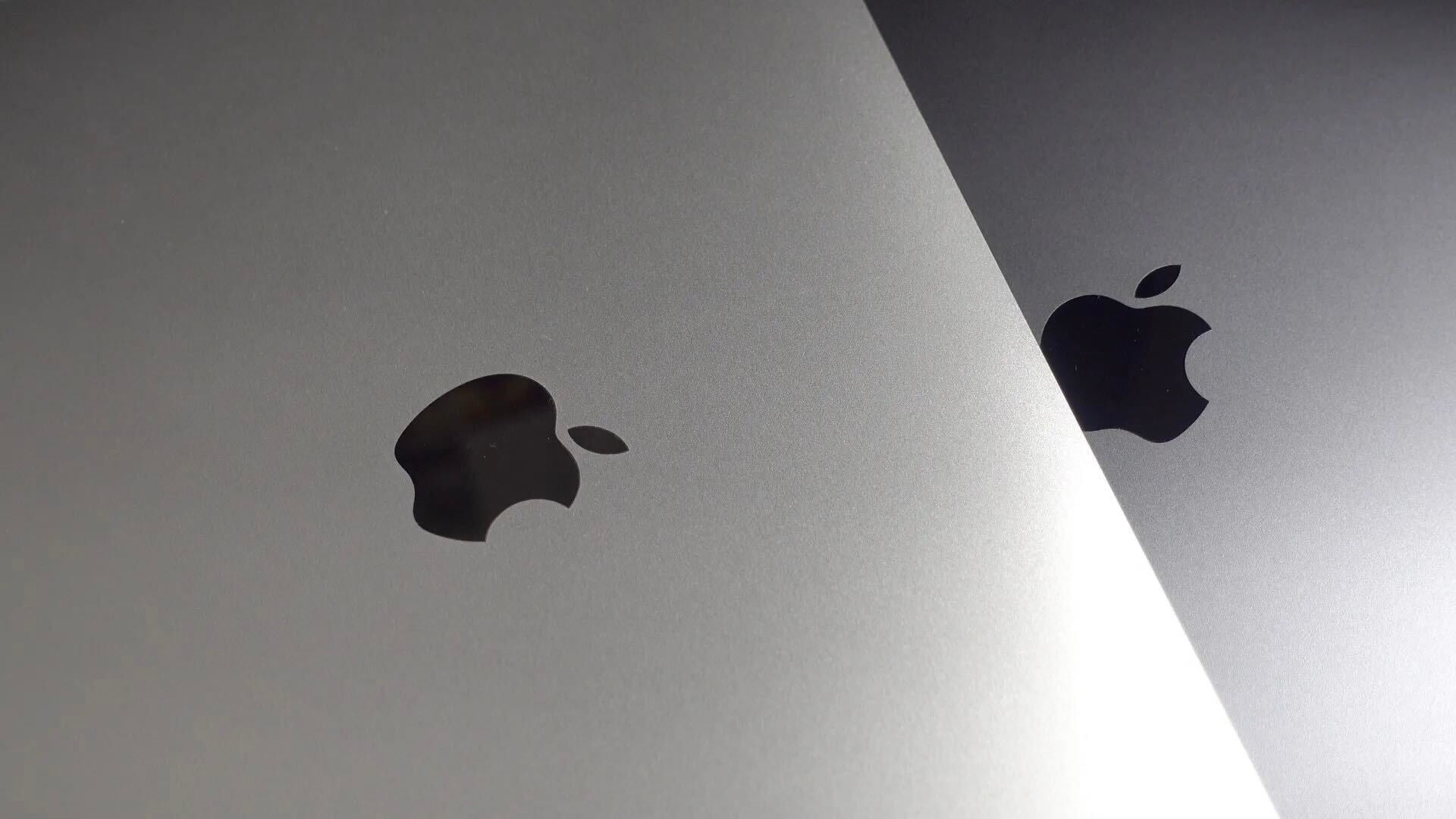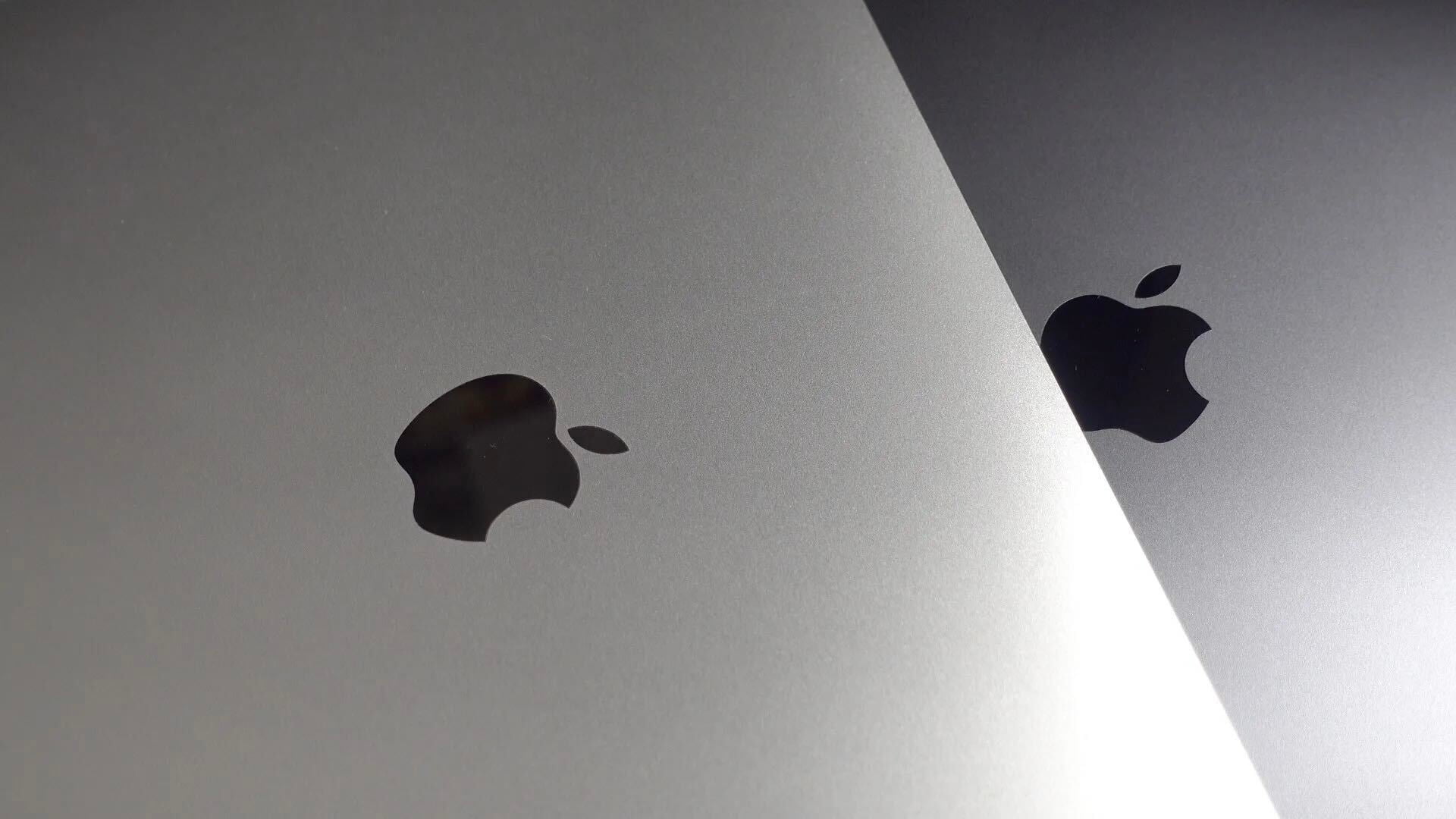 The promise of the Thunderbolt standard is that it can deliver a lot of data over long distances very quickly for many types of devices. Unfortunately, that promise has been pretty slow to materialize, and the long distance piece of the equation has been particularly painful.
The promise of the Thunderbolt standard is that it can deliver a lot of data over long distances very quickly for many types of devices. Unfortunately, that promise has been pretty slow to materialize, and the long distance piece of the equation has been particularly painful.
Corning is hoping to turn that around this year with the consumer launch of its Thunderbolt Optical Cables in 10 meter (33 foot), 30 meter (99 foot), and 60 meter (198 foot) sizes. With these lengths, you can put your Thunderbolt hard disk and arrays far away from your desk. If you have a Thunderbolt Display or a Thunderbolt dock, you can even move your Mac to the utility closet or basement and really clean up your desk space.
I’ve been using the 33-foot version for a few weeks and here’s my take:
While I don’t own a Thunderbolt Display, I do own a Thunderbolt dock from Matrox (review here but Belkin’s is better/cheaper at $149) that has lived within 3 feet of my Mac until now. That’s nice, but you can see from the review that the proximity to the Mac creates some spaghetti wire messes.
Enter the Corning 33 foot Thunderbolt optical cable: Now I can leave my Mac in a closet about 20 feet away from my desk next to the UPS and the cable modem. All of a sudden, I’ve got a whole lot more desk space and only a thin Fiber-optic cable winding its way up to the desktop. It is even cleaner if you have a Thunderbolt Display.
In my experience, the connection was as good or better than the thicker 3-foot copper Thunderbolt cable. Disk speed measurements from BlackMagic mirrored the 1/10th-as-long copper cable. As you can see in the gallery below, Optical is thinner, lighter, more pliable and fairly similar in plug dimensions to copper.

One downside however: Optical can’t carry power so it won’t work on portable Thunderbolt hard drives or SSDs that require a bus current.
I imagine Thunderbolt Optical cables will be popular in professional Mac installations where big shared disk arrays live in a server closet. In this case, the typical Gig Ethernet can be surpassed in speed by 20x with the 20Gb theoretical speed of Thunderbolt 2 (which these cables also carry – specs PDF).
Corning gives the following spec sheet:
- 10 Gb/s bi-directional, dual channel with Thunderbolt
- Compatible with Thunderbolt 2, 20Gb/s
- Data and video on a single cable
- Daisy-chain up to six Thunderbolt devices
- Ultra-slim, “zero-bend” radius cable
- Hot swappable
- Electrically isolated, noise reducing design
- Enabled by Corning® ClearCurve® VSDN® optical fiber
- Class 1 Laser Product
Wrap up:
It is pretty simple. Take your 3 foot Thunderbolt cable and stretch it out 30 more feet without adding any weight. That’s what having a 33 foot Thunderbolt cable feels like. Why is that good? It enables you to take a bunch of stuff off your desk and put it in the closet. It is that simple.
Unfortunately, all of this convenience doesn’t come cheap. Currently Cornings Optical Thunderbolt cables start at $300 and go up with lengths over 100 feet.
FTC: We use income earning auto affiliate links. More.








Did I read that right? $325 for a cable? You can buy a whole hard drive for that! I’ll stick with the desk clutter thank you very much!
OH MY GOD! DON’T BEND IT LIKE THAT!!
” Electrically isolated, noise reducing design ” Its not copper there should be no added or reduced quality at all. seems like the marketing team doesn’t understand the core target market here
Actually, that’s not true. Magnetic induction can affect the attenuation of an optical signal albeit slightly. The manufacturer is probably referring to the circuitry in the connectors, that’s where the signal is changed to light.
Am I missing something? Why on earth would you want a 33 foot cable? Not even getting started on that price, but the length is just silly. I feel like I would spend a large part of my life untangling it :-)
Yea you are missing something :) For professionals in the post production industry most times your machines don’t live in the same room where you work..they are located in a central core. These cables make the use of thunderbolt enabled devices at your fingertips more accessible. Editors and assistants would no longer have to run down the hall or worse yet..down a floor to change out a drive. Well worth the cost for professionals.
Well that’s an industry I know nothing about, and in a non sarcastic way thanks for the info. But from that side, a 33 foot cable sounds too short.
I don’t know enough about the technology behind these cables, so if this is just a 33 foot version of a potential 1000 foot cable, your point is extremely valid.
Reblogged this on Carpet Bomberz Inc. and commented:
I’m so happy this finally is making it to the market. The promise of Thunderbolt in the early days was that it was going to be faster than any other connector on the market. Now at long last we have the optical flavor of Thunderbolt slowly painfully making it out of development and out to manufacturing. Here now is a review of an optical Thunderbolt cable from Corning.
I’m I correct in the assumption, that thunderbold could replace an ethernet network in my office? That all the workstations could be connected to the central server (inkl. Printers) with thunderbolt cables instead of ethernet? That would allow much higher data transfer speed…
Valentin, there are three key differences here: congestion, sharing, and collision. FWIW, I work in fibre, so I’m biased against the CSMA/CD basis of ethernet: rather than check first, may systems still send first, check for possible loss of fidelity, and simply re-send. Due to collision, ethernet drops to a 69% efficiency. The worst part: that re-send is increased when you’re not a single switch away from your device (2 switches, 3, 4 hops means that there’s more and more retransmission, dropping link efficiency). Sharing means that it’s not an isolated cable just for storage, but has your Skype, Messenger, Facebook, multicast DNS, etc etc etc all chatter-chattering on that link, increasing the congestion leading to collision and dropping to that 69% factor.
Thunderbolt will do 20Gb where datacenters are seeing 40Gb on Converged NICs (which basically run a protocol similar to fibre channel over copper). This is to say that a copper solution already exceeds 20Gb, but that’s a datacenter on shared media.
This is a 20Gb link point-to-point. It could replace the Cat-5 or Cat-6 cables in your LAN, but the protocol itself on thunderbolt is probably closer to the protocols running on USB than network protocols (although I admit I don’t know how similar those are). Yes, Thunderbolt can do 20x your gigabit connector, but it wants to talk storage. Rather, if you created a device that connects to many computers with what looks like a thunderbolt connector, but was really multiple views into shared storage, surmounted the access-collision of editing the same files at once, enabled a printer-server to consume a print spool of files stored in a write-only folder, and created a print manager to print files by dropping them there (some do it by FTP, so not a stretch) then you’d have your swap-in.
Right now, it’s replacing your USB cables with an ethernet cable that goes point-to-point 20x the speed without collision, with better efficiency, and without competing with your other (*cough* chat-roulette *cough*) traffic.
Networking (tcp – ip style) over thunderbolt is currently buggy at best. A typical office network is usually limited by the speed of the computers and network attached devices rather than by the maximum speed of gigabit ethernet. The few scenarios that are limited by Gig-E moved to fiber channel or 10Gig Ethernet before thunderbolt made it’s debut.
So far I’m finding Thunderbolt to be a technology for professionals and small subset of prosumers, leaving most consumers with a high cost interface that’s not good for much more than a video interface for high-end monitors.
Macs have had these ports for three years and the price of the hardware has barely budged. Are they supposed to replace firewire? Ideally yes since the technology is fast and can daisy-chain. Sounds like a perfect replacement for firewire.
But how does it work in practice? Not so well. Is it faster? Sure, if you use SSDs for both internal and external drives. At over $400 for an internal ½ TB SSD and well over $1000 for a ½ TB external drive that can daisy-chain, it’s a pretty far cry from the daisy-chainable firewire external drives of yesteryear.
A 1 TB Thunderbolt HDD that can’t daisy-chain costs about three times that of a comparable USB 3.0 drive. Data speeds are about the same, being limited by the mechanical drives, so is there any advantage? Not one. Thunderbolt hubs? They’re more like expansion chassis and cost upwards of $150.
When prices of SSDs drop, RAID array prices drop, Thunderbolt circuitry prices drop and Thunderbolt hubs cost about the same as USB hubs, Thunderbolt may start becoming a viable alternative to USB, but that day is still many years off and seemingly even further off after seeing the price of the longer cables.
Until then, Thunderbolt will just be an expensive to fill set of ports that waste space that could be utilized for another USB and dedicated video port.
USB 3.0 is fine for backup and other file transfer purposes for the time being. It has an excellent price/performance ratio and will continue to evolve. Fortunately, its popularity will keep it affordable.
Thunderbolt remains a niche interface, very fast but very expensive. Perfect for expansion chassis, RAID arrays and other peripherals that require the high speed data transfer capabilities required by professionals
Can I use 30m Corning’s Thunderbolt cable Connect between Mac Pro 2013 AMD D500 and Dell UP3214Q UltraHD at 4K (3840 x 2160) 60Hz and not lost signal